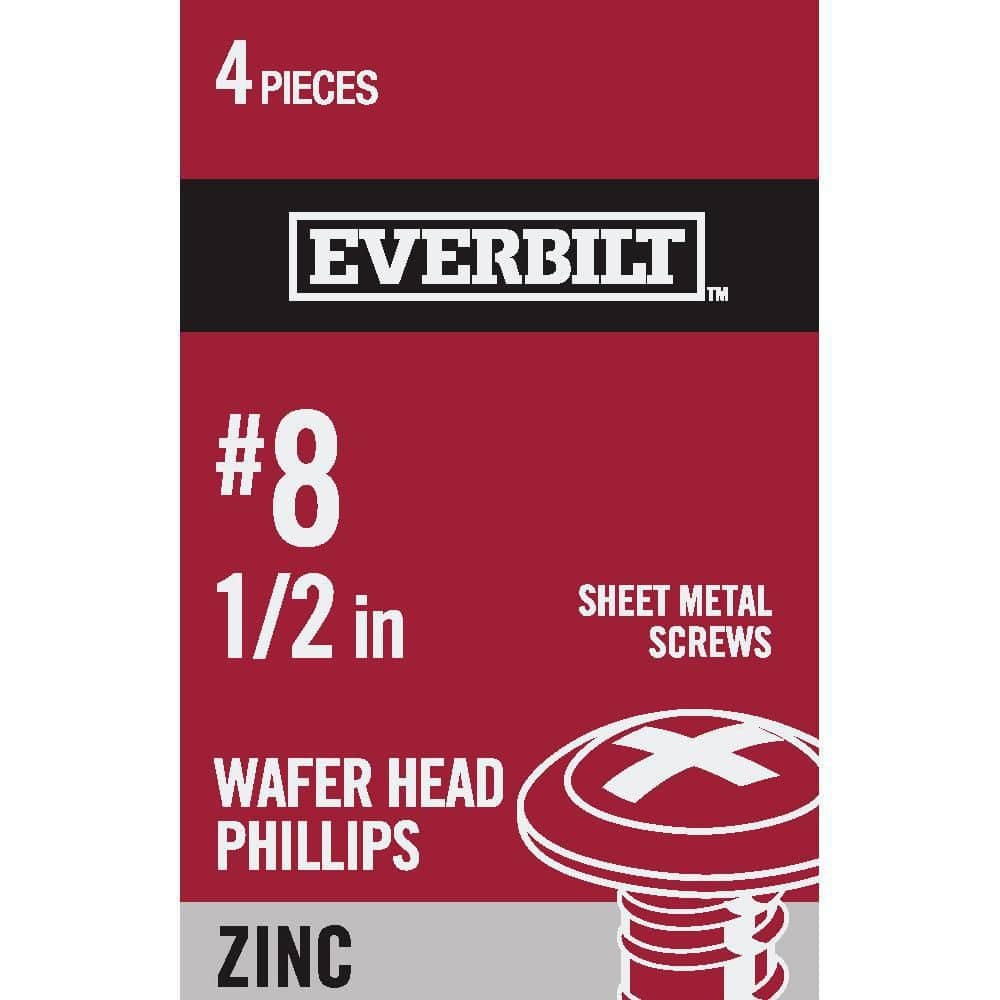Update to this thread.
The Electrical Contractor finally sent someone out from his office to inspect the painted steel plate that the electrician was using as a conductor to connect the supply side grounded conductor to the load side grounded conductor.
Especially after I sent an email to my friends business email account telling him to forward it to the electrical contractor listing the two code violations I spoke of in this thread. Just a guess the part where I sent the picture of one of the code violations showing the painted steel plate with no evidence of the paint being removed where the two double barrel mechanical lugs were bolted to the plate.
I explained the only electrical continuity contact from one lug to the other lug was the side of bolts touching the side of the drilled holes in the plate. I said the poor connection could very well cause voltage swings, fluctuations, at the 120V receptacle outlets in his building. The voltage at the wall receptacles his computers and computers used for his production processing could have voltage swings from 120V to maybe 180V, or higher. I said no different that what would happen if the service neutral conductor connection was loose.
Funny how money talks.
Service was released, (by the city inspector that takes care of the area the business is located), for the POCO to connect power to the new service. Electrical contractor did not correct the 250.92 (B) supply side bonding code violation.
I contacted, by phone, two of the AHJ inspectors and got two different rulings on the reading of 250.92 (B). The first inspector said the regular locknuts did not meet the requirements of 250.92 (B). I said it appears the electrical contractor is reading 250.92 (B) wrong thinking the sentence on regular locknuts is directly tied to the sentence before where reducing washers, concentric and eccentric KOs are mentioned. I said the way I read the second sentence it is not conditioned on the preceding sentence. Even if all the concentric or eccentric KOs were removed the regular locknuts would not be an assured bonding means. He agreed.
He agreed with me the cheapest simplest way for the contractor to correct the violation now was to have his electrician install split grounding bushings on the 3" connectors and bond them to the grounded conductor in the main disconnect switch enclosure. (Sizing of bonding jumper 250.102 (A) (2)).
Call to second electrical inspector:
He said the second sentence, in 250.92 (B), was tied to the first sentence. If the KOs were punched out 3" for the 3" EMT connectors the regular locknuts are considered an assured bonding means.
Job has been final inspected, passed. Business owner has been billed for final payment and sent the full remaining payment to the contractor. I suggested I would correct the code violation, labor free, and only charge him for the cost of material. I suggested he then deduct the material cost from the final payment to the contractor. He said he just wanted to pay the guy off and be done with him. Fine with me! It's his money...

I ran across this YouTube Link were the person giving the vocal presentation does a good job of explaining 250.92 (A) and (B). Especially (B).
https://www.youtube.com/watch?v=Ucr6gJ_B5DY
You can skip the first part of his presentation and go directly to time marker 3:46 where he starts talking about 250.92 (A) & (B).
I did a web search to check his credentials.
https://www.electricalcodeacademy.net/founder
.


